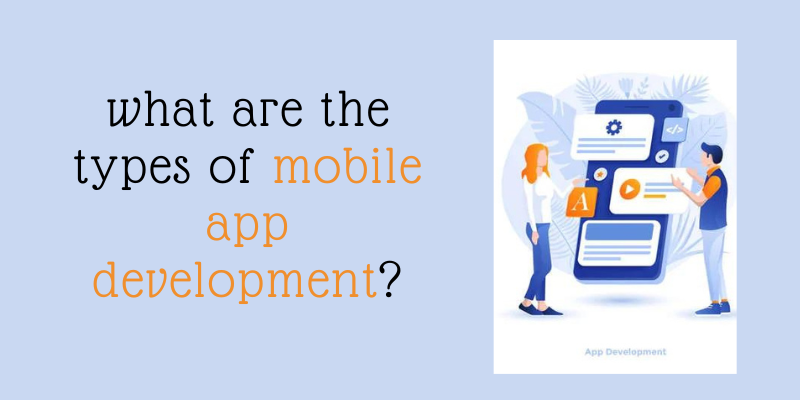Building software for portable, wireless devices like smartphones and other handheld gadgets is called mobile application development.
Mobile application development originates in older, more conventional software development, like web application development. Mobile apps are frequently created mainly to take advantage of the unique features of a given mobile device, which is a crucial distinction. For instance, a game app might be made to use the accelerometer in the iPhone, while a mobile health app might be created to use the temperature sensor in a smartwatch. To learn more about mobile app development, join the Mobile application development course in chennai at FITA Academy.
Types of mobile applications
The only way to ensure that a mobile app would work well on any device in the early days of the industry was to design a native app. This required that new code be created individually for the processor found in each device. Device-agnostic mobile applications make up the vast bulk of those produced today.
Choose the type of software you’ll be making before you start development. Below is a list of various mobile app development technologies and details.
Native Applications: These are created by integrated development environments (IDEs) and languages for mobile OSes like Apple iOS or Google Android. Although you can personalise essential features with native apps, they can be more expensive than alternative technologies.
Hybrid Apps: These web applications operate similarly to native ones. They are made using technologies like HTML, JavaScript, and Cascading Style Sheets (CSS). While hybrid apps can be created more rapidly and inexpensively than native apps, they don’t have as many features.
Progressive Web App: A PWA is a website with a mobile app’s appearance and functionality. These programmes were created using web technologies like Facebook React.
Encapsulates Apps: A container app houses an encased app. For example, the Microsoft Power App drag-and-drop creation tool enables less experienced developers to create a mobile application quickly. However, the relative youth, OS lock-in, and lack of isolation from the core OS could be issues.
Frameworks: Using this reusable code developed by someone else will help you create a mobile app more quickly.
Conclusion:
This blog will let you know about the different types of mobile applications. To learn more about mobile applications, join the Online app development course to learn at your own pace.

